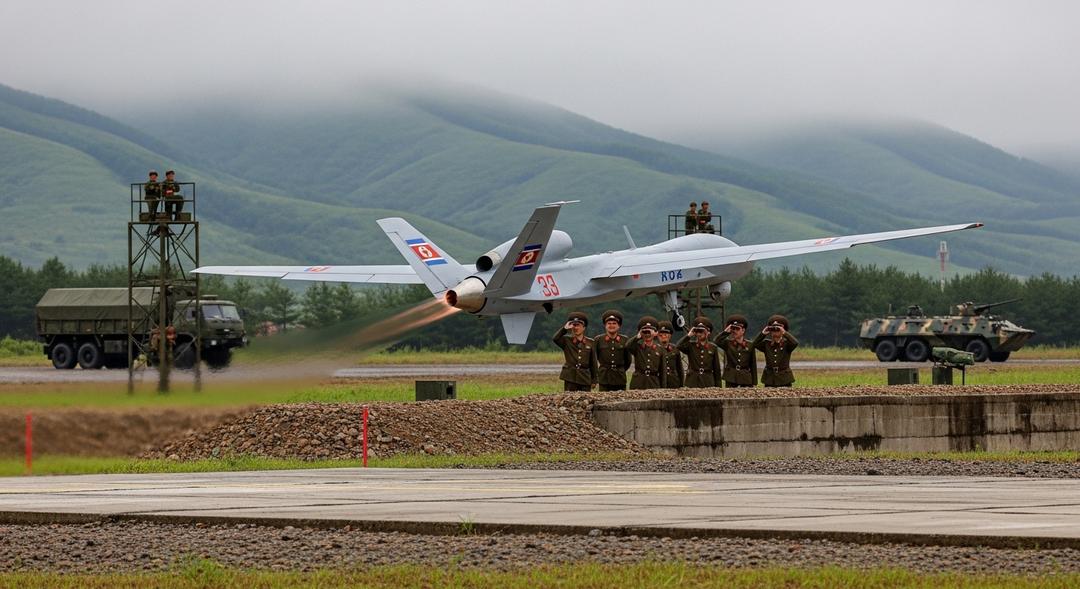Complex security stacks often leave leaders squinting through a maze of data with no clear sense of the big picture.
Cyberhill Partners has thrown its hat into the ring with a new product called Wolverine, which uses artificial intelligence to create a live digital replica of an organization’s security systems. The tool distills sprawling cybersecurity ecosystems into clear, actionable visuals for decision makers.
Wolverine goes beyond what static dashboards or spreadsheets offer and gives users a true snapshot of where strengths lie, where investments fall short, and where money may be slipping through the cracks. According to Gartner, companies run about 45 security tools on average, yet most executives still struggle to measure whether all those solutions work as intended.
Rob Buller, who founded Cyberhill, captured the challenge by saying, “Most CISOs don’t have a tooling problem, they have a visibility problem. Wolverine is designed to answer the questions security leaders and boards are asking: What’s working? What’s wasted? Where are we exposed?”
By plugging in to a company’s existing infrastructure, Wolverine rapidly builds a digital stand-in that maps tools, features, costs, gaps, and coverage. Everything connects to real-world frameworks like MITRE, so executives can instantly spot tool overlap, missed vulnerabilities, or resource bottlenecks. The system can also flag identity risks and even possible under-staffing that could leave defenses exposed.
Unlike point solutions that offer narrow cost or threat analysis, Wolverine puts the entire security operation in view. The interface is tailored to each company, and integration reportedly takes only weeks.
The Digital Twin Approach Changes the Game
With so many businesses juggling SIEM, EDR, IAM and other acronym-laden platforms, it’s not surprising that boards want clarity on what is being spent and why. Each tool usually spits out its own reports while technical teams piece together an incomplete puzzle. Wolverine promises to bring that elusive clarity.
Matt Salmon, Cyberhill’s Vice President of Cybersecurity and Artificial Intelligence, commented, “The hardest part isn’t detection, it’s interpretation. Wolverine takes the complexity of a full enterprise stack and reduces it to measurable outcomes boards can trust.”
Built in Cyberhill’s own research lab, the project first gained traction during their recent work on self-repairing security. Wolverine’s launch signals a first step toward those future systems that could learn and adapt automatically, perhaps even taking actions on their own one day.
Cyberhill has already made Wolverine available for enterprise clients. The company is offering to walk teams through early proof-of-concept deployments and strategic planning sessions throughout this quarter.








